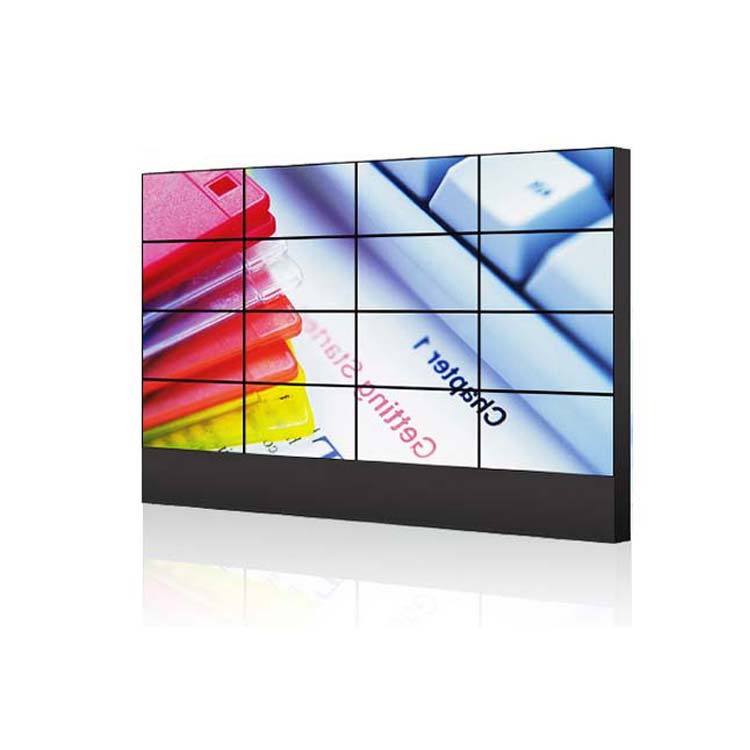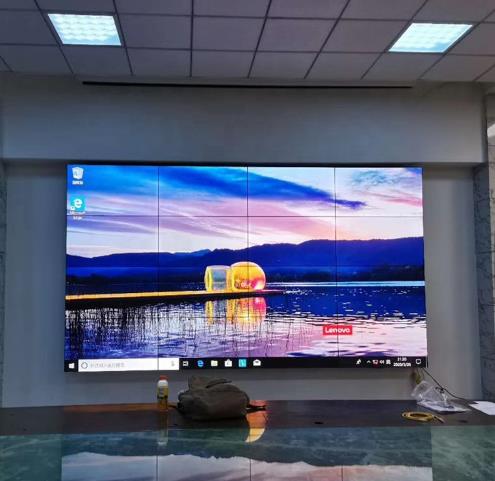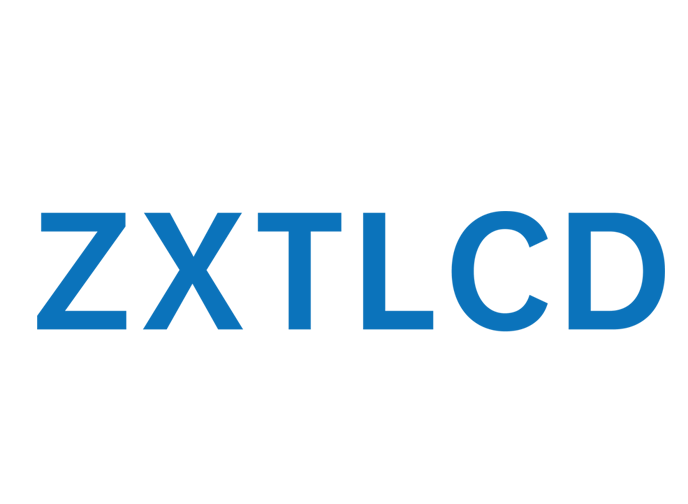LCD walls, although common, do you understand them?

01 Concept of LCD wall
LCD wall is a single independent and complete display unit. It is ready to use when installed, just like assembling building blocks. The use and installation of single or multiple LCD walls are very simple. The LCD walls have a width of only 1.7mm, 0.9mm, 0.44mm, and other specifications on the four edges. They are also equipped with tempered glass protective layer, built-in intelligent temperature control alarm circuit, and unique “rapid dispersion” heat dissipation system. They have everything you need and not only adapt to digital signal input but also provide excellent support for analog signals. In addition, LCD walls have multiple signal interfaces, and the use of DID LCD splicing technology enables simultaneous connection of analog and digital signals. The latest LCD splicing technology can even achieve naked-eye 3D intelligent effects. The LCD splicing series products adopt unique and cutting-edge digital processing technology, allowing users to truly experience the full HD large-screen effect.

02 Main Functions of LCD wall
- Support input channel matrix preview function, enabling millisecond-level delay preview of all input signals before switching. This effectively detects whether the signal is normal.
- Seamless switching, achieving “0” second switching of input signals in the true sense. The signal switching process is free from black screen disturbance, freezing, or seamless real-time switching, resulting in smoother switching effects.
- Arbitrary output channel insertion, allowing reasonable allocation of input and output resources. Users can customize input and output, and all output slots can simultaneously support input cards, maximizing the utilization of device slot resources and bringing great flexibility and convenience to system configuration.
- Input and output support standard resolutions such as 640*480 to 1920*1200.
- ESD military-grade electrostatic protection ensures stable and reliable performance by adopting international advanced SMT chip technology.
- Support character editing and labeling for all input channels, as well as station logo overlay function. Font color and position can be freely set to facilitate users in real-time understanding of the source of the current display signal.
- Support control via TCP/IP network, RS232 port, and third-party devices.
- The input card, output card, switching card, control card, fan, power supply, and other components are modularly designed, making replacement more flexible and convenient, reducing maintenance work on-site.
- Support real-time monitoring of voltage, current, and other electrical information, as well as intelligent synchronous control of chassis temperature, humidity, fan speed, etc., to maximize control over equipment power consumption and achieve energy-saving and environmental protection.
- Support hardware and software synchronous fault alarm function, satisfying special requirements such as unmanned operation.
- Input supports DVI, VGA, CVBS, HDMI, YPBPR, SDI, HDBase-T, IP streaming, and fiber interfaces without the need for any adapters or cables.
- Output supports DVI-I, HDBase-T, and fiber interfaces without the need for connectors or cables.
- Support unified management of input signal sources and character overlay function for each different input signal. Font color, position, and character roaming can be freely set.
- The LCD wall supports self-detection of input and output signals, allowing real-time monitoring of the device’s operational status. The signal indicator lights enable quick judgment of whether the device is functioning properly without the need to open windows.
- The system adopts military-grade core processing chips with a bandwidth of up to 20 Gbps. It supports input and output of signals with resolutions such as 1920X1200@60Hz, 1920X1080@60Hz, 4KX2K, ensuring uncompressed and lossless processing.
- The mainboard utilizes independently developed high-speed data exchange chip technology and a high-speed broadband bus, eliminating the bottleneck problem of slow and unstable display speed caused by low data bus bandwidth of multi-screen processors. The underlying data transmission is controlled by data scheduling chips, ensuring real-time display of all signal images at a frame rate of 60 frames per second.
- It supports multi-line and multi-frequency functions, enabling low-resolution and low-field frequency input signals to undergo frequency multiplication and line doubling processing. This unified processing enhances the overall quality of the image output to the same resolution signal.
- It supports image edge processing technology, which can address image misalignment caused by physical gaps during the splicing process at the display end.
- The device can eliminate black edges and crop non-standard cameras, providing more diverse control methods for the image and solving the black edge issue that may occur with front-end signals, especially non-standard camera output signals.
- It supports adjustments of parameters such as color and brightness. The LCD display unit’s chromatic aberration can be adjusted through the splicing processor without the need for separate adjustment using splicing boards.
- It supports reading, modifying, and customizing the Extended Display Identification Data (EDID), greatly improving compatibility with large-screen display devices and enabling the output signal to adapt to various conventional and unconventional application scenarios.
- It supports standard HDMI 1.4 and DVI 2.0 protocols, as well as HDCP, complying with SMPTE and ITU standards.
- It supports multiple control methods, including RS232, LAN, IR infrared, and buttons.
- It supports long-distance transmission, with HDBase-T allowing transmission distances of up to 100 meters for 4KX2K signals, and fiber optic interfaces extending the distance to 30 kilometers.
- It has permission management capabilities, allowing administrators to customize user accounts and levels, including various user permissions such as advanced users, administrator users, regular users, etc.
- Based on the hybrid technology, it supports intelligent identification of input and output cards, enabling plug-and-play functionality. Alternatively, the input and output boards can be defined through software interfaces.
03 What are the application fields of LCD walls?
The application of LCD walls is not limited to any environment and can be used both indoors and outdoors. They are widely used in various fields, including squares, substations, warehouses, factories, workshops, power plants, electronic factories, classrooms, coffee shops, hallways, staircases, parking lots, clean rooms, repair shops, schools, hotels, shopping malls, industrial facilities, buildings, tunnels, coal mines, cold storage facilities, homes, internet cafes, subways, granaries, residences, villas, supermarkets, bathrooms, chemical plants, mines, buildings, shops, rooftops, cafeterias, hotels, grain depots, real estate developments, walls, chicken coops, storefronts, floors, towers, medical facilities, rail transportation, new buildings, roads and bridges, construction projects, grain stacks, dormitories, barbecue establishments, apartments, shops, canteens, bars, airports, mines, restaurants, shipyards, shopping centers, dining establishments, movie theaters, hotels, industrial installations, underground bunkers, commercial use, exterior walls, ships, prisons, living rooms, pig farms, pharmaceuticals, restaurants, education, exhibitions, conference rooms, power utilities, media, clothing, sports stadiums, cinemas, government buildings, fitness centers, specialty stores, conference halls, KTVs, radio and television, internet cafes, command centers, museums, exhibition centers, clothing stores, home use, showrooms, offices, home decoration, factories, and many other fields, with numerous successful cases.
